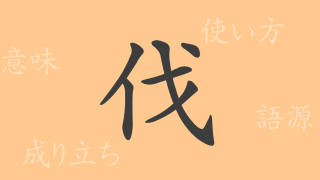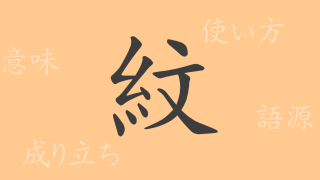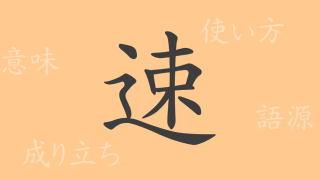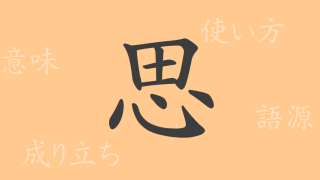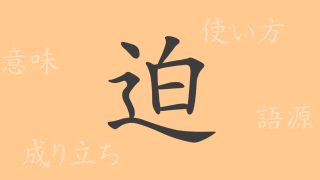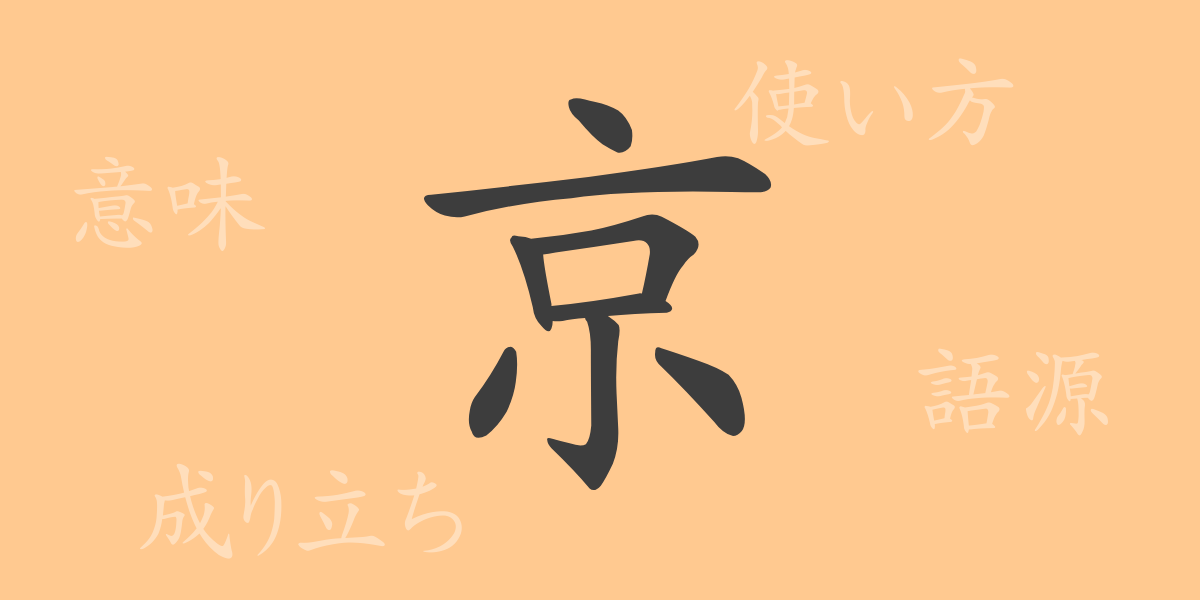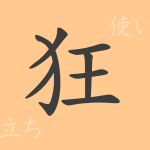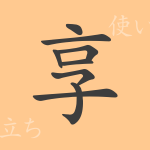As a deep-rooted part of Japanese culture, the commonly used kanji “京(きょう, けい, みやこ)” is deeply ingrained in our lives due to its historical background and diverse usage. This article explores the origins, meanings, usages, readings, and idioms and proverbs involving “京(きょう, けい, みやこ)”. Understanding the meaning embedded in each kanji is the first step towards a deeper appreciation of the richness of the Japanese language.
Origin of 京(きょう, けい, みやこ)
The kanji “京(きょう, けい, みやこ)” originates from ancient China and was derived from a pictograph representing a large hill. Over time, it evolved to signify a capital city or metropolis and was used to symbolize its importance. In Japan, it was introduced during the Nara period from China and has since commonly been used to mean “capital” or “metropolis”.
Meanings and Usages of 京(きょう, けい, みやこ)
The kanji “京(きょう, けい, みやこ)” primarily refers to large cities or capitals. In Japan, it is frequently seen in the names of major cities such as “東京(とうきょう, Tokyo)” and “京都(きょうと, Kyoto)”. Additionally, it can be used metaphorically or hyperbolically to denote “huge” or “grand”.
Readings, Stroke Count, and Radical of 京(きょう, けい, みやこ)
The kanji “京(きょう, けい, みやこ)” encapsulates much information in its form and sound.
- Readings: On-yomi – “キョウ(きょう, kyō)”, “ケイ(けい, kei)”; Kun-yomi – “みやこ(miyako)”
- Stroke count: “京(きょう, けい, みやこ)” has a total of 8 strokes.
- Radical: The radical is “亠(なべぶた, nabebuta)”.
Idioms, Proverbs, and Phrases Using 京(きょう, けい, みやこ)
There are numerous idioms, proverbs, and phrases containing “京(きょう, けい, みやこ)” in Japanese. For instance, “京都(きょうと, Kyoto)” refers to Japan’s ancient capital, and “東京(とうきょう, Tokyo)” is the capital of Japan. An idiomatic expression “京の夢水(きょうのゆめみず, kyō no yumemizu)” captures the longing for someone far away. The proverb “京の着倒れ、大阪の食い倒れ(きょうのきだおれ, おおさかのくいだおれ, kyō no kidaore, Ōsaka no kuidaore)” humorously contrasts the Kyotoites’ penchant for extravagant clothing with the Osakans’ love for delicious food.
Summary of 京(きょう, けい, みやこ)
The history and culture embedded in each kanji enrich the language of its country. “京(きょう, けい, みやこ)” plays a significant role not only in the names of Japanese cities but also as a symbol of culture and history. This article aims to deepen your understanding of the profound meaning and usage of “京(きょう, けい, みやこ)”, offering an opportunity to rediscover the charm of the Japanese language.






